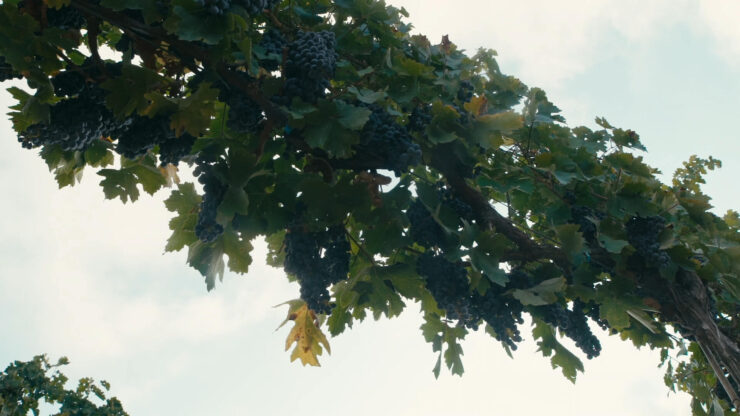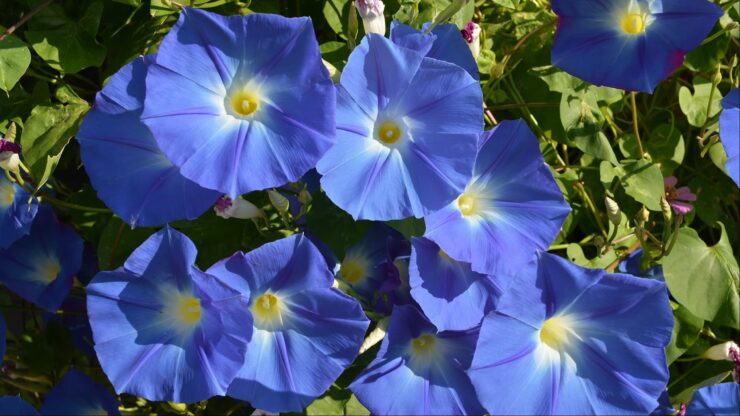Vine Identification – 12 Types of Vine
Cross Vine Cross Vine is a tough climber with bright orange-red flowers that bloom in spring. It’s native to North America and attracts hummingbirds with its vibrant colors and sweet nectar, making it a great addition to gardens and fences. Love Vine Love Vine, or Dodder Vine, is a parasitic plant that wraps around other … Read more


